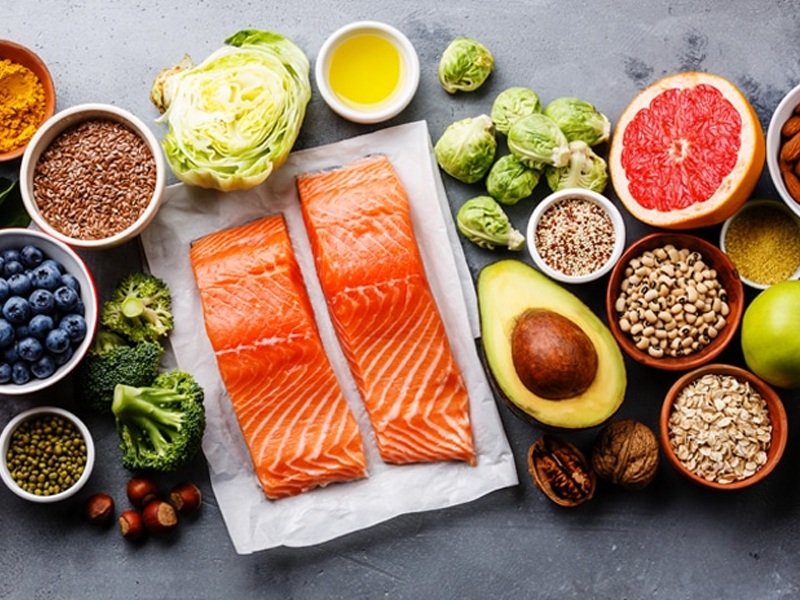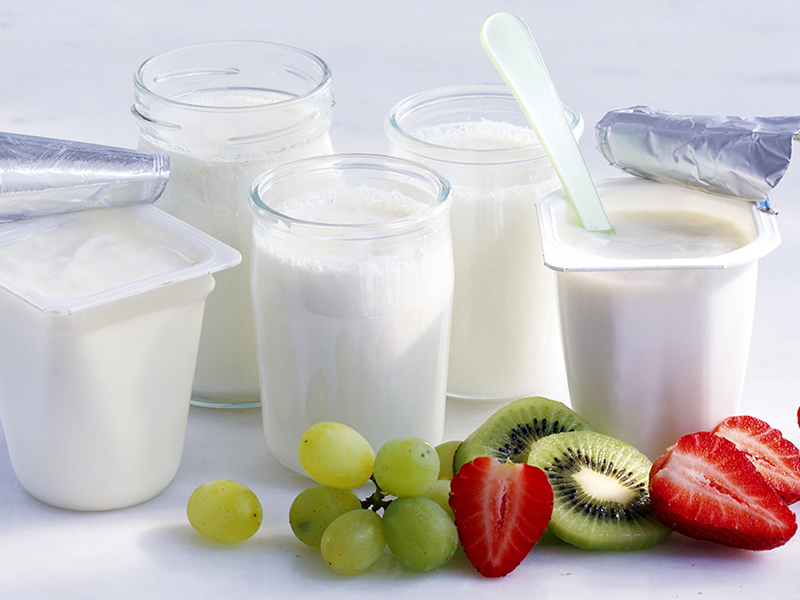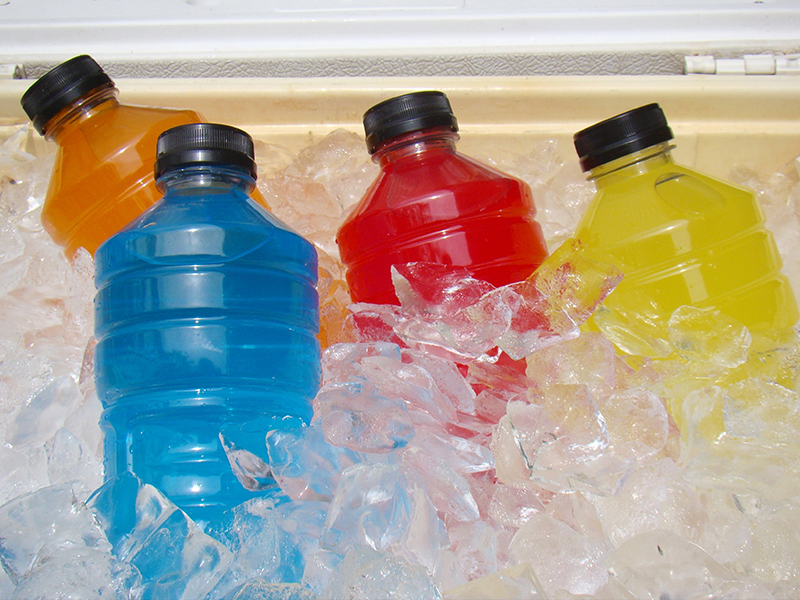With the establishment of the important position of inulin as a prebiotic, the global production and marketing of inulin showed a rapid growth trend from the late 1990s to the early 21st century. The report released by consulting firm TRANSPARENCY disclosed that before 2009, the total global output of inulin was only about 100000 tons. By 2015, the total output has soared to 300000 tons, 395000 tons in 2018 and 450000 tons in 2019. It is expected to increase to about 600000 tons in 2022 and 700000 tons in 2025.
Market consulting companies are generally optimistic about the international market development prospect of inulin. Zion analysts, a European consulting firm, believe that the global compound annual growth rate of inulin will reach 9.5% from 2020 to 2025.
Because there are four new uses of inulin for this market:
The first is the “sugar reducing food” health food that can be supplied to people with diabetes or hyperglycemia. Although inulin is a little sweet, it has very low calories and is a water-soluble dietary fiber. It can block fat absorption in the intestine and regulate fat. WHO officials say more than 200 million people worldwide are suffering from hyperglycemia and diabetes. Adding inulin to ordinary foods such as bread, biscuits, pastries and instant cereals can effectively reduce calories and prevent dangerous postprandial hyperglycemia. It is reported that a variety of sugar reducing foods added with inulin have been sold in the European and American markets. It is expected that this use will become the biggest driver of the growth of inulin market.

Second, yogurt additives. Adding inulin to yogurt can promote the rapid growth of lactic acid bacteria and bifidobacteria. Yogurt has become the world’s largest health food industry. The surge in yogurt production will effectively promote the growth of inulin production and sales.

Third, it is used for frozen desserts such as ice cream to improve the taste and reduce calories.

Fourth, new uses of health drinks and sports drinks. It is reported that health drinks and sports drinks are the largest new users of inulin in the international market, because inulin can improve the taste of the above drinks, reduce the amount of sugar and reduce the total calories of beverage products. Health drinks and sports drinks are the fastest growing beverage products in the international market, which are deeply loved by young consumers. Inulin can also be used as an anti constipation food additive. Constipation is a common disease in western countries, with hundreds of millions of people, which is expected to promote the growth of inulin market.

Zion also predicts that the global market scale of inulin downstream products will reach a staggering US $53.04 billion in 2020. By 2025, this market will surge to more than $70 billion, with great growth potential.